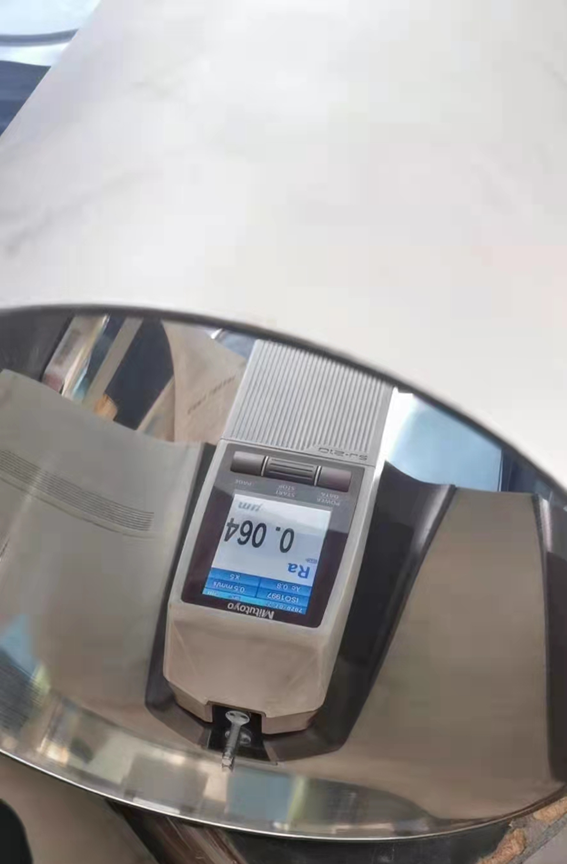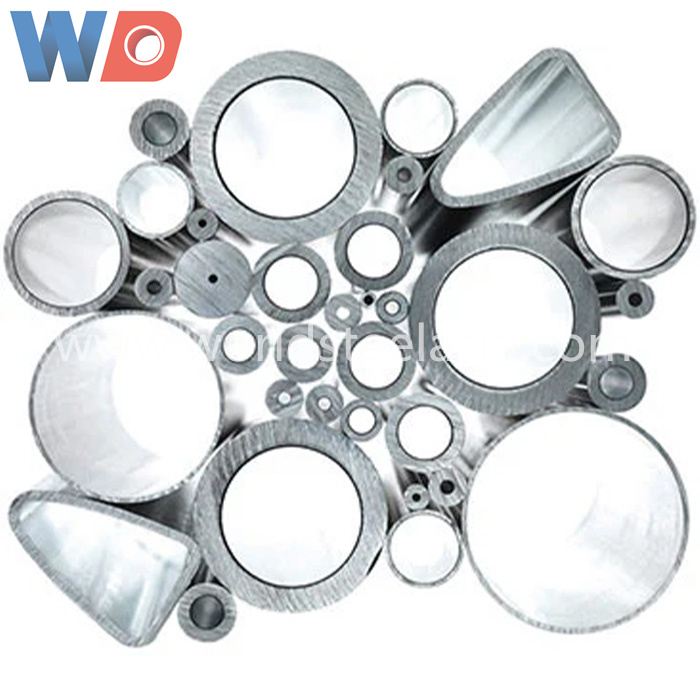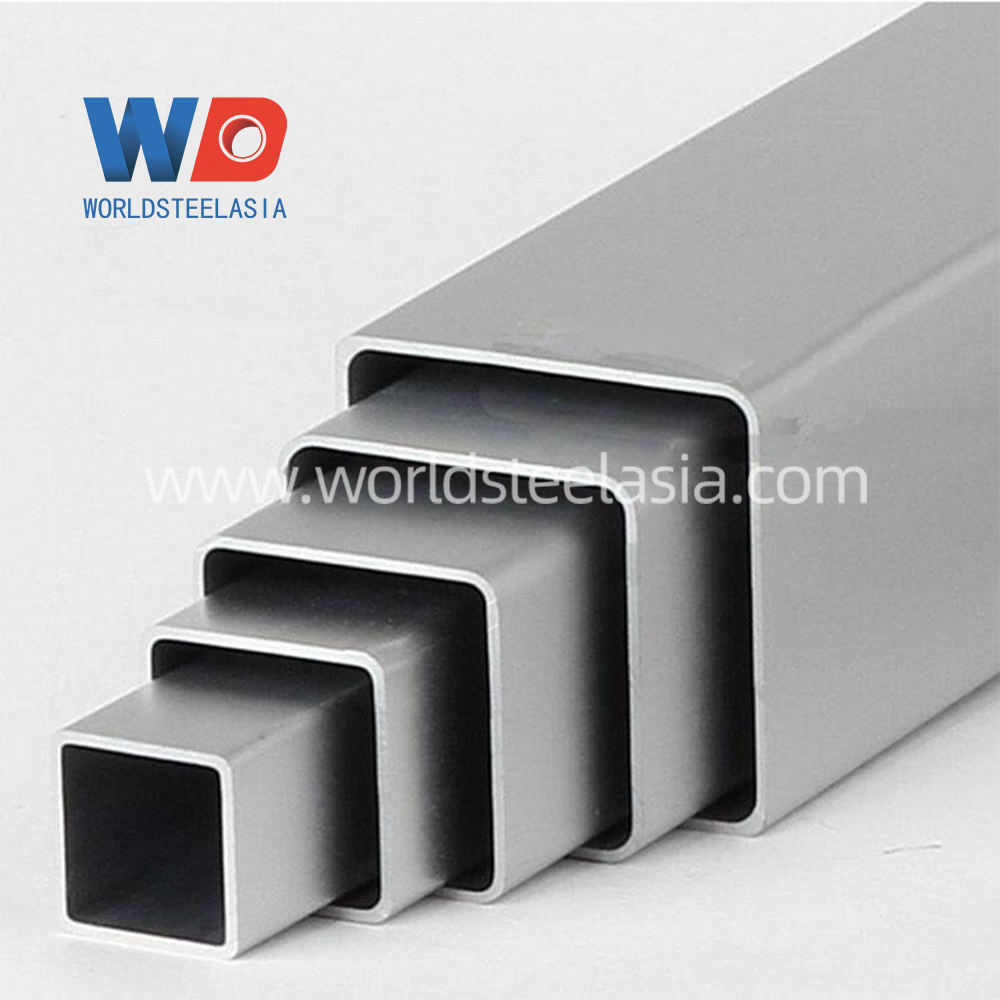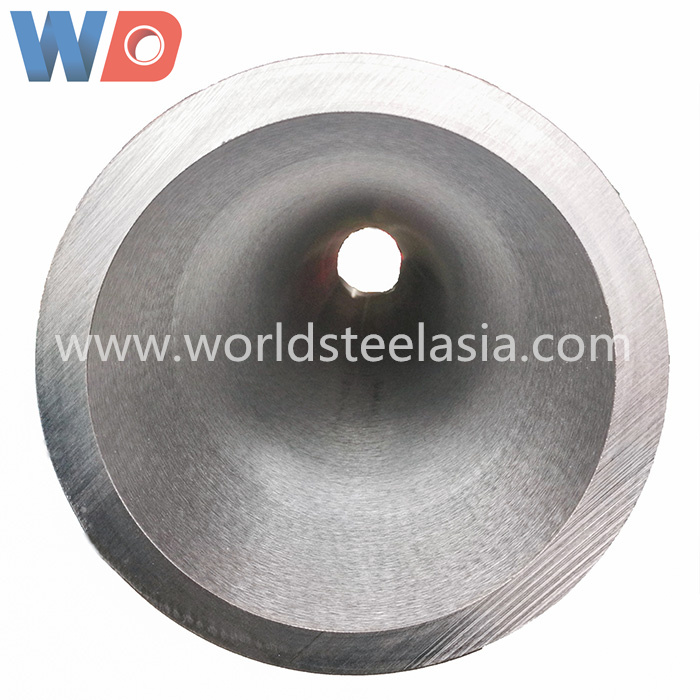Introduction to clean stainless steel pipe
1. Application: stainless steel clean pipeline is used to transport high-purity or ultra pure gas in semiconductor industry and clean pipeline (all kinds of water) in biopharmaceutical industry.

2. Surface treatment method of stainless steel pipeline system: AP (annealed & pickled): pickling passivation. After pickling passivation and cleaning, the internal surface of the pipeline will not improve the surface roughness, but can remove the residual particles and grease on the surface, reduce the energy level, but will not reduce the number of dielectric layers( PN2 / pH2) BA (bring annealed): bright annealing, high-temperature treatment in hydrogenation or vacuum state, on the one hand, eliminate internal stress, on the other hand, form a passivation film on the pipe surface to improve morphology and structure, reduce energy level and improve surface roughness to a certain extent( Discharge pipe of special gas and general nitrogen)
EP (electro polished): electrochemical polishing can greatly improve the surface morphology and structure and reduce the actual surface area to the greatest extent. The surface is a closed and thick chromium oxide film, the energy is close to the normal level of the alloy, and the number of media will be minimized( High purity and clean pipeline systems for transmission sensitive or corrosive media in microelectronics, optoelectronics, biological control and other industries generally use Ba and EP products.
3. Stainless Steel Pipe material: grade 304 304L 316 316L 321 904L 347h 310S
(316L is the most common in the industry, and its weldability, corrosion resistance and mechanical treatment performance are better than 304 304L 316) 316L (1.4404) VOD (primary smelting):
Low C: good welding performance and low hardness
Low S, P: good welding performance
Cr: good corrosion resistance...
316L VIM + var (remelting): low manganese material, corrosion resistance has been greatly improved. Other harmful substances are also lower.
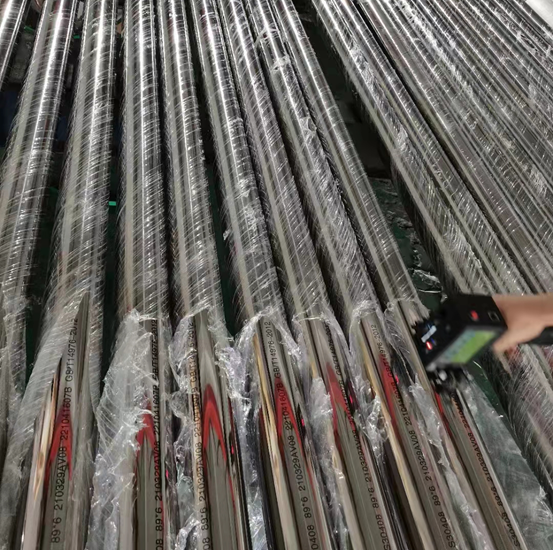
4. Technical parameters to be considered for pipeline
1) Product material and size manufacturing standard: ASTM A269 / a270 / A213, and other standards.
2) Factory production environment: clean room level and process controllability and traceability.
3) Pressure: working pressure, explosion pressure (generally, the smaller the pipe diameter, the greater the pressure it bears)
4) Hardness: usually less than 80hrb (Rockwell hardness), which determines its mechanical properties
5) Tolerance: the allowable deviation range of product manufacturing, such as outer diameter, wall thickness, length, etc. generally, the international standard of wall thickness is + / - 10%. Dimension: the products provided by hiqua are inch standard (tube size), with specifications of 1 / 8 "~ 8"
6) Inner surface treatment process and its Ra value: RA is roughness average. It is generally believed that the smaller it is, the smoother its inner surface is. Product samples of surface treatment process of Chongqing worldsteel: 180 girt, 240 grid, 320 grid, 600 grid. The higher the grade, the smoother the surface.
7) Test means, methods and standards: their differences will also make the test results, which is also one of the factors affecting the comparability of products.
8) Product packaging: comply with international and factory standards. Generally, AP and Ba pipes are packed in single layer, EP is packed in double layer or wooden case.
9) Documentation: factory quality certificates and other delivery documents.
